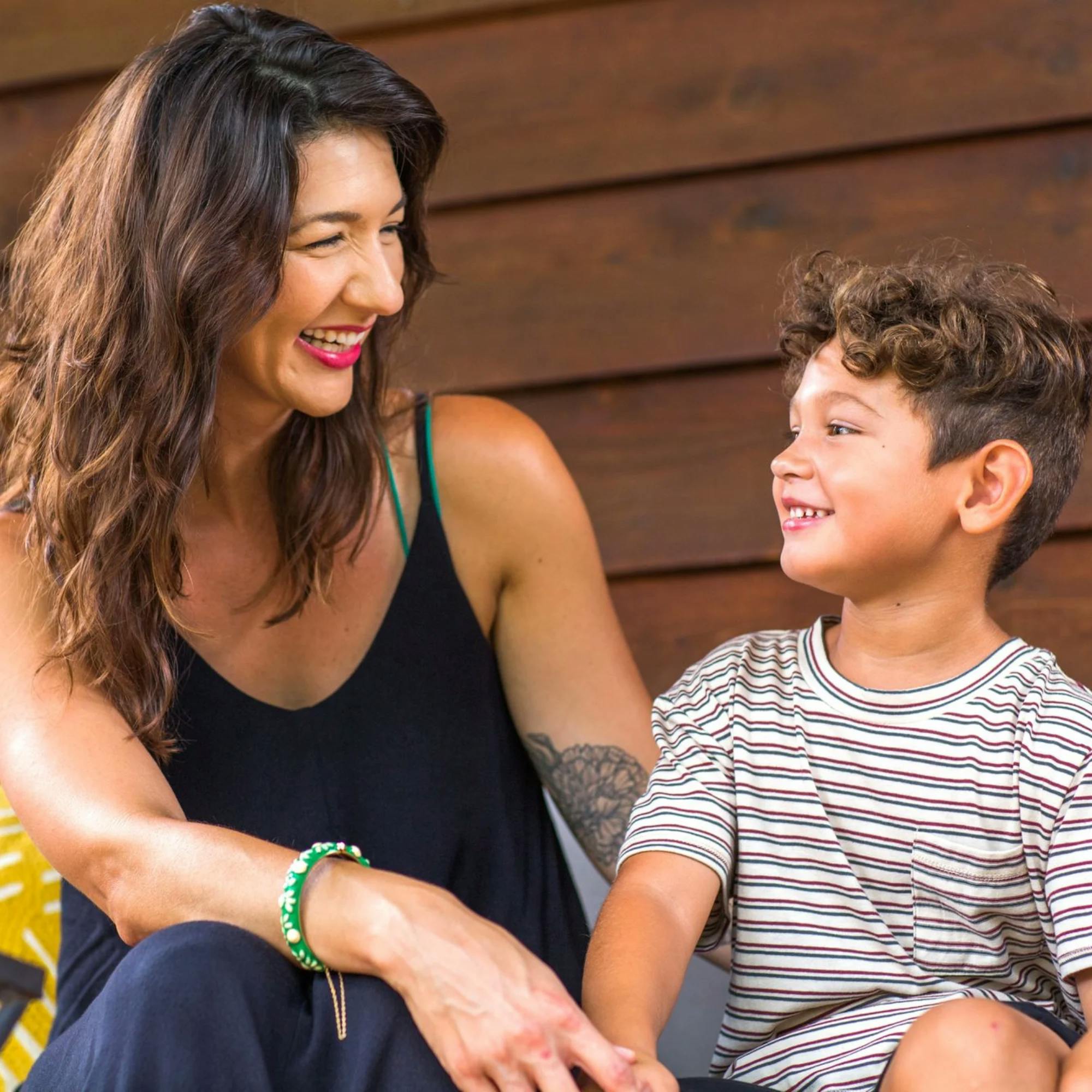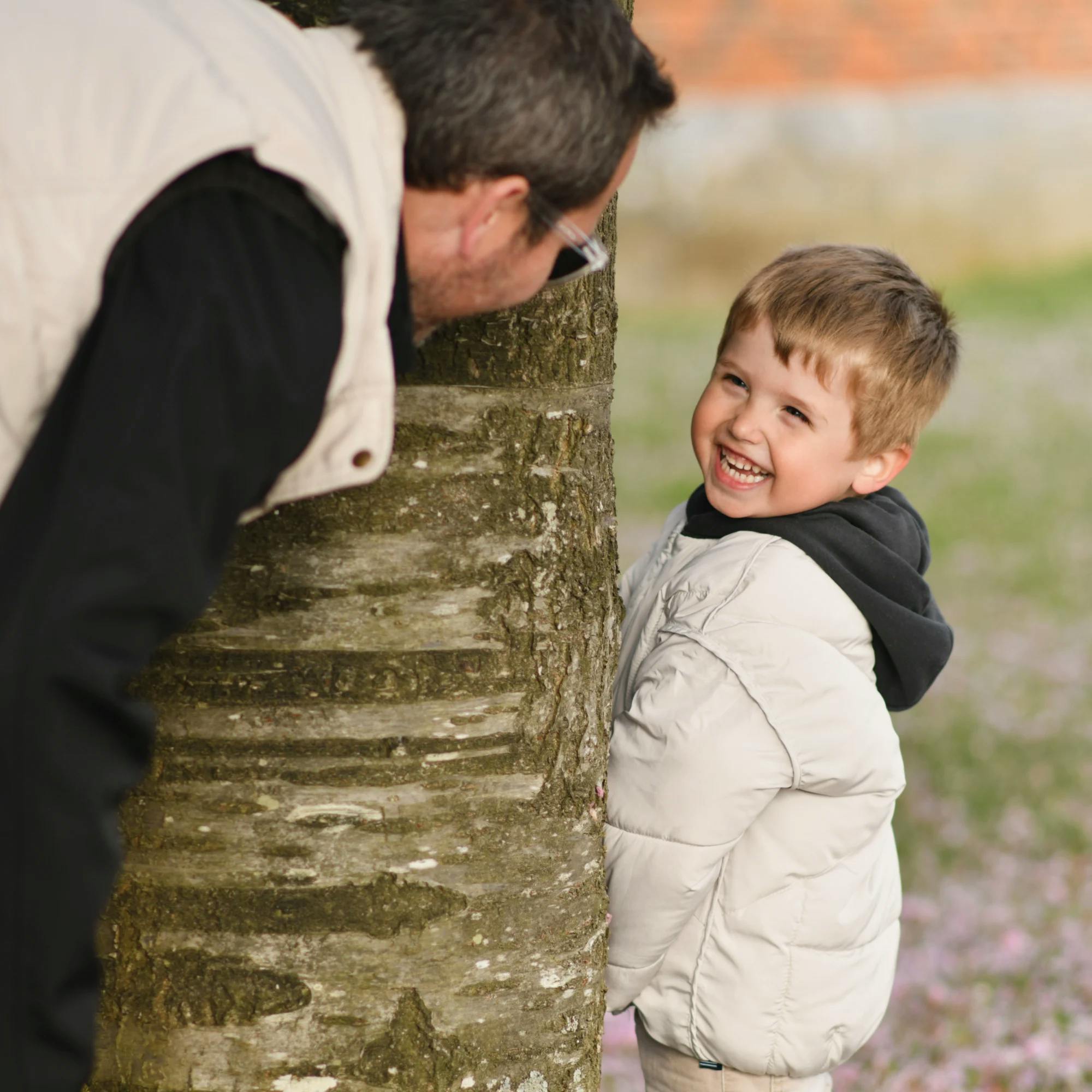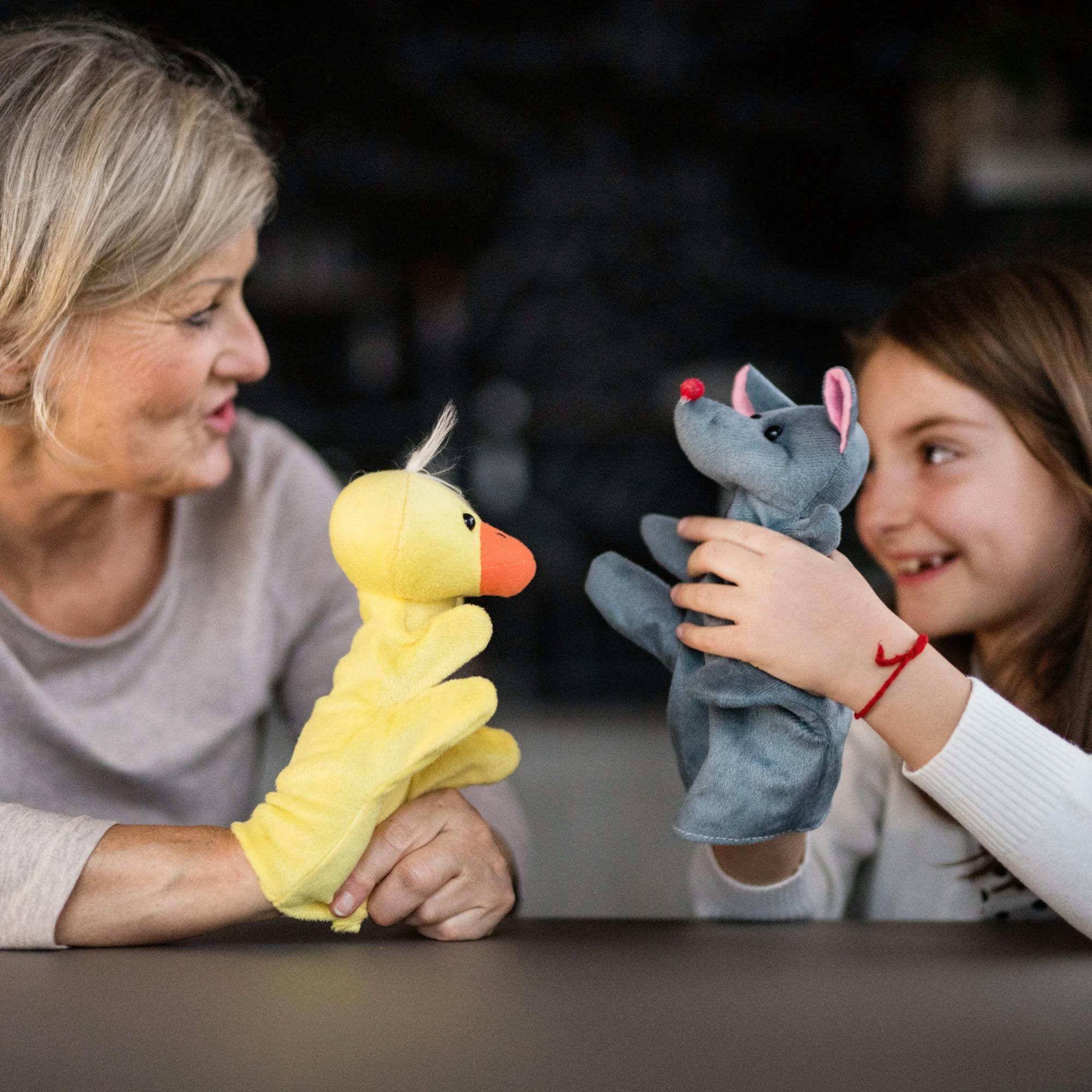Reading with your child is a wonderful way to bond and support their language development. If your little one is learning the /s/ sound or /s/-blends, there are many engaging books that can help them work on these sounds while enjoying quality time with you.
When it comes to learning speech sounds, daily practice will ensure your child makes the most progress–and reading together is an easy way to get that practice done!
Here, we’re sharing a list of children’s books that focus on these sounds in fun and imaginative ways, including our speech therapists' favorite recommendations. By reading aloud and talking with your child about the stories, you'll be giving them a valuable learning experience that can help grow their speech and language skills.
If you don’t own the recommended books, you don’t have to buy them! Check your local library, or search for a read-aloud version on YouTube. Let’s dive in and discover some great books to read with your child!


1 Brown Bear, Brown Bear, What Do You See?
The classic book Brown Bear, Brown Bear, What Do You See? is a great place to start. The word “see” is repeated 23 times throughout the book, making it a perfect choice for a child practicing /s/ at the beginning of words. This book also includes words ending with the /s/ sound: “horse,” “us,” and “that’s.”
2 Where’s Spot?
The next book our speech therapists recommend is Where’s Spot? This book contains a variety of /s/-blend words, like “spot,” “stairs,” “snake,” and “basket.” Each time you lift the flap in the book, encourage your child to say, “Not Spot,” “No Spot,” or “That’s not Spot,” depending on their language level. This provides your child with extra practice opportunities!
3 Goodnight Moon
Goodnight Moon is a classic story to read while cuddled up at night. The repetitive language gives your child plenty of opportunities to practice their target speech sounds.
/s/: toyhouse, mouse, socks
/s/-blends: whispering, stars
4 The Very Hungry Caterpillar
This classic Eric Carle book offers children lots of practice with /s/ and /s/-blend words. Check out all these words (but try not to get hungry!):
/s/: Sunday, sun, some, Saturday, piece, ice cream, salami, nice, house, himself, inside, weeks, swiss
/s/-blends: started, still, strawberries, slice, swiss, stomachache, next (hint: the “xt” in this word makes the /kst/ when said aloud), small, stayed
5 Sneezy the Snowman
If your child is working on /s/-blends, this one is perfect for them! Sneezy the Snowman includes plenty of practice words: sneezy, snowman, smile, snowflakes, swirled, stocking, sneezed, scarf, standing, store, and scoops.
6 There Was an Old Lady Who Swallowed a Fly
Not only is this book silly, but it’s great for a child working on /s/ and /s/-blends. Its repetition of words like “swallowed,” “spider,” and “say” offers plenty of chances to practice.
7 Fox in Socks
Starting with the author’s name (Dr. Seuss!), there are plenty of s-words in this rhyming, tongue-twister story. Here’s just one example: “Who sews Sue’s socks?” You might have to go slowly, but this book is sure to cause some giggles along the way!
8 The Snowy Day
Last, but not least, The Snowy Day is another speech therapist favorite. Check out all of the words your child can practice saying during storytime.
/s/: see, outside, sank, this, something, house, socks, sad, sun, across
/s/-blends: snow, breakfast, snowsuit, street, slowly, tracks, sticking, just, stick, smacking, snowball, smiling, snowman, slid, still, slept
Looking for a speech therapist?
Teletherapy makes it easy. We serve families with a range of speech, language, and feeding needs across the U.S. Get started today!
 Find a speech therapist
Find a speech therapistHome practice is essential for helping children improve their articulation skills. Consistency is key when working on speech sounds, and practicing regularly at home allows your child to strengthen their skills outside of therapy sessions. Reading books with your child is an excellent way to incorporate speech sound practice into your daily routine while keeping it engaging and fun. By using books that contain a variety of /s/ and /s/-blend words, you can give your child many opportunities to hear and produce these sounds in context.
To keep home practice motivating and enjoyable, focus on making it relaxed and positive. Celebrate their successes, and encourage them to try their best without putting too much pressure on them. Use games, props, or other playful activities related to the books you read to make practice feel like a fun adventure.
You can also offer your child choices in which books they want to read or which characters they want to pretend to be, giving them a sense of control and ownership over their practice. Remember, the goal is to help your child build their skills in a supportive and enjoyable way!
How Expressable Can Help
Concerned your child isn't reaching age-expected milestones? Looking for communication support from a professional? Expressable is a national online speech therapy practice serving children and adults. We treat all major areas of communication and feeding, offer flexible hours including evenings and weekends, and accept most major health insurance plans. We’re proud to have earned more than 3,000 5-star reviews from our clients (4.9/5 average).
Our therapy model is centered on parent and caregiver involvement. Research proves that empowering caregivers to participate in their loved one’s therapy leads to better outcomes. That’s why we combine live, 1-on-1 speech therapy with personalized education and home practice activities for faster progress.
Communication is more than words. It’s how we share how we feel and show who we are. We’re here to help you or your child do just that.

 Alexis Irazoque, M.S., CCC-SLP
Alexis Irazoque, M.S., CCC-SLP











